Post 49 –by Gautam Shah
(Lecture series: Space Perception -Article-IV of 15)
.

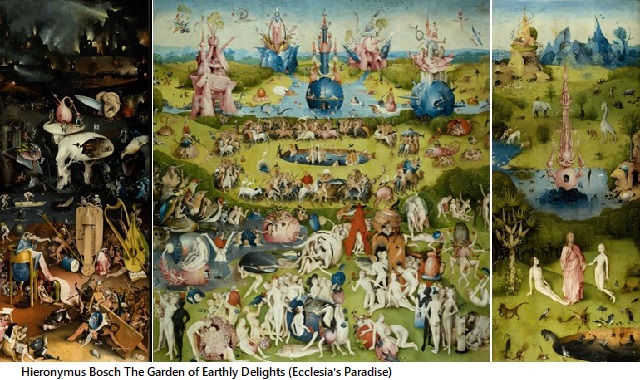
Our experience of the world, is based substantially on the input of sensory information. It is a personal process. But we also learn from others about such experiences, accept it, or reconfirm that through our own encounters. It ultimately builds a large repertoire of experiences. We, are continuously exposed to several of stimuli, but remember or retain only few of them. We broadly distinguish our awareness about things and happenings around us, as focus or on margins. Perhaps, our repertoire of experiences helps to decide what is to be in focus and margin.

`Perception may be regarded as primarily the modification of anticipation’ (Art & Vision: E H Gombrich). We perceive objects and environment in space by selectively assessing or blocking the stimuli, in a process called cognition. It is mental acquisition of knowledge through the sensorial faculties. Human cognition is intuitive and conscious. It includes, remembering, forming associations, conceptualizing, and order recognition.

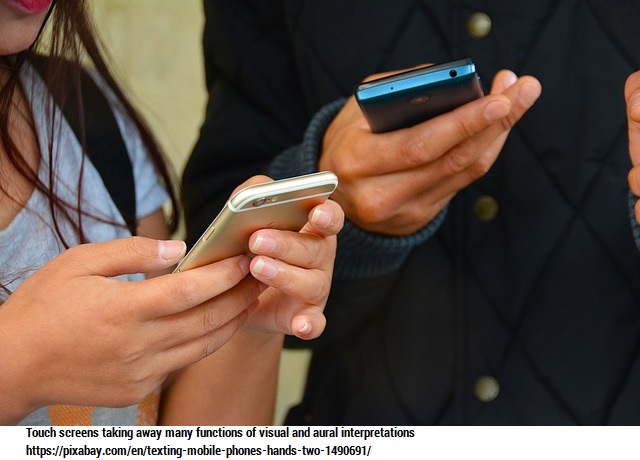
Perceptual organization occurs in many different ways, like:
- Things, if nearer, are perceived best.
- Things that have distinctive clarity due to environmental support are well perceived.
- Things that lie in the direction of the perception node are better sensed.
- Things that are in the foreground and not shrouded by other elements or effects, are easy to register.
- Things that have balance, symmetry, equality, pose as an extensive and comprehensive entity and so easy to recognize.
- Experiences that are within recognizable time and space segments seem of the same category.
- Objects and happenings are comparable as whole or in parts, have some similarities within the perceptual frame, or somewhere back in past experiences.
- Things that have continuous form (unbroken or interconnected sub-elements) and contrasting silhouettes (order that ties up several sub-elements) are easy to discern.
- Happenings that have distinctive and predictable order of change (directions, rise or depletion of the intensity, rhythm), can be sensed even in highly chaotic condition.
- Perception is comprehensive if different nodes of sensorial perception offer a confirming experience, or else doubts persist.


We continuously shift our attention, even while both, the environment and its cognition manifest. There are several hypotheses to explain how and why we shift the attention. It is said that what we know and, what we expect the thing to be, attract the attention first. Some believe that we process our repertoire of experiences into the core and marginal. Others believe we assess and ignore the less wanted stimuli. These occur as ‘distributed processing’, at sensorial nodes, possibly at many intermediate places or central-mental level. The process possibly, occurs with individual sensorial faculties. But somehow the sensorial faculties supplement each other. Some type of auto regulation creates the equipoise.
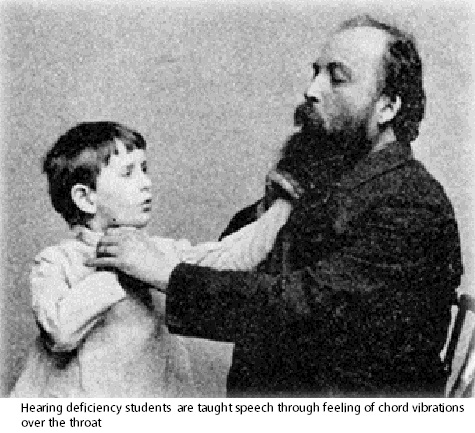
Nominal five senses of perception relate more to the external stimuli. But organs in the muscles like tendons and joints indicate the position of body-limbs and state of tension in the muscles. Similarly ear fluids make us aware of the balance of the body. The process of supplementing the perception by sensorial faculties is subliminal, but one may learn it when a particular faculty is debilitated or occluded. Vision deficiency enhances the touch and hearing abilities. Taste is supplemented by smell.

Depth is a measure, perceived through vision, hearing and smell and touch-proximity. The presence of dual (two eyes-ears) or multi-nodal (touch) perceptions define the direction and make the depth measure more accurate. The movement of eyes and ability to focus creates a sense of visual and aural perspective. Here the far-off objects become duller and the intervening distances proportionately change.
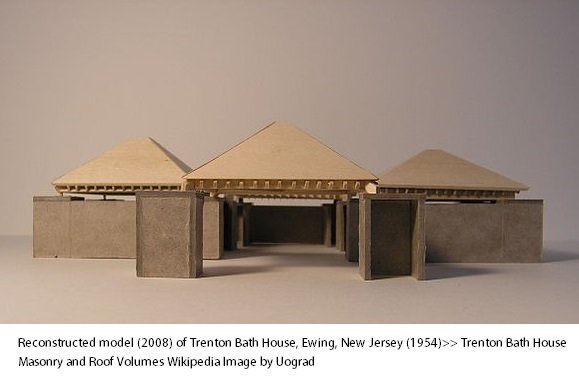

The perception of depth with direction becomes precise with the context of environment. Visual perception includes shadows that tell us about the ‘other’ (concealed) facets of the objects, and direction of the Sun (and so orientation). It also shows the difference between natural and artificial sources of illumination. Effects of surface illumination are visually perceived as change in the tonal intensity and texture. The colour tone and texture, both are also perceived, even from a distance, through surface sensation of hot-cold.
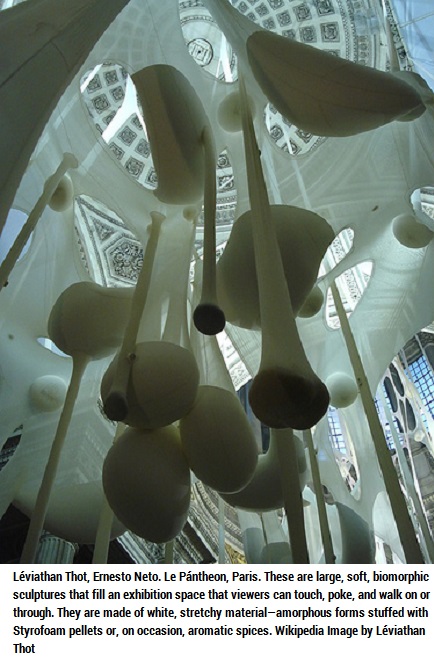
Aural and smell perceptions also include variations in scales and directions. For aural perception, the echoes, reverberations, change of selective frequencies and transmission channels (ducts, corridors, dome), help to learn about the quality of space. Smell traces get mixed up with others and that shows their path, and mediating elements like air movements.


Sensorial perceptions occur in many different types of context. The cognitive processes compound that information and also show how to further use it. The context is highly variable, offered by the moment to moment changes and relevant past experiences. The differing contexts provide measure for change, like the intensity, direction and probability. Sensorial perceptions mutually offer the context for any happening. We listen to some thing and turn our eyes to it, focus our eyes to see a detail, smell with deeper breadth, or use fingers, palms or cheeks to feel the temperature-pressure sensations (air, hot-cold).
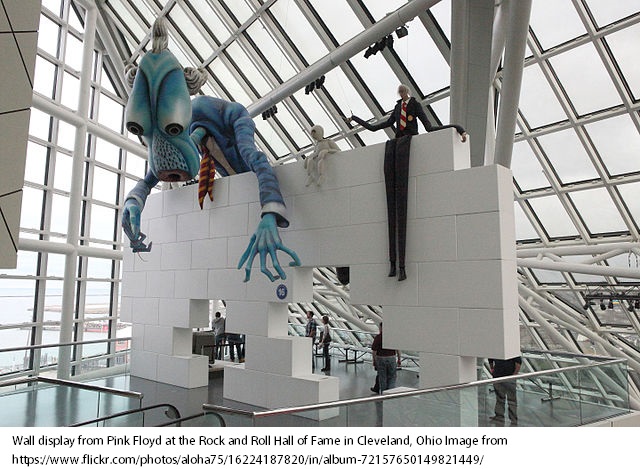
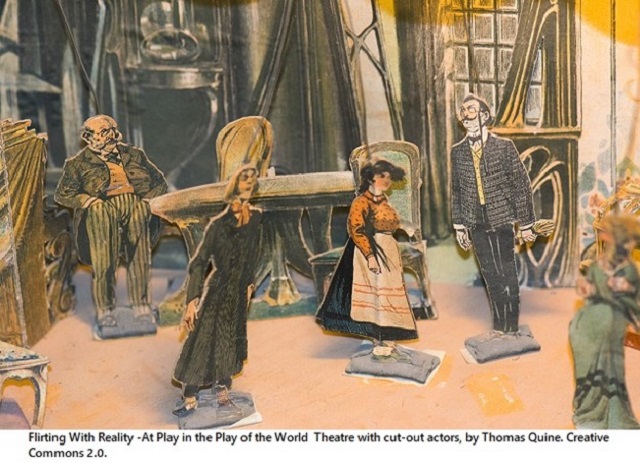
The most important context is the perception of differentials in movements. Objects, sounds, smells, etc., that are nearer, or moving towards us, indicate rapid changes, but we may not feel the change if the setting is very familiar. Here a lot of pre information maintains perceptual constancy. In case of simultaneous changes across several sensorial perceptions, the cognition may be confused.
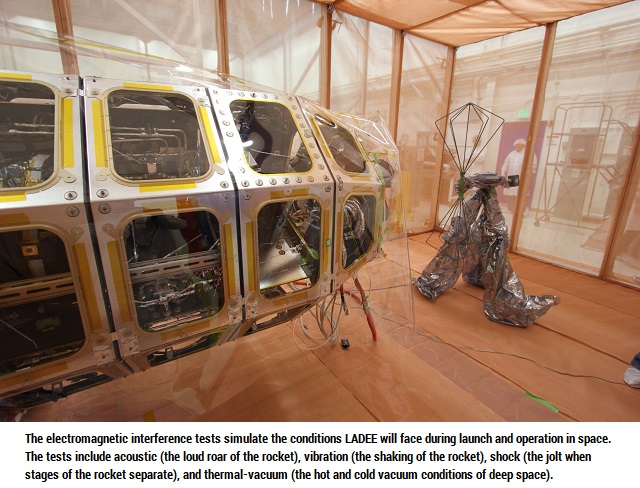
.